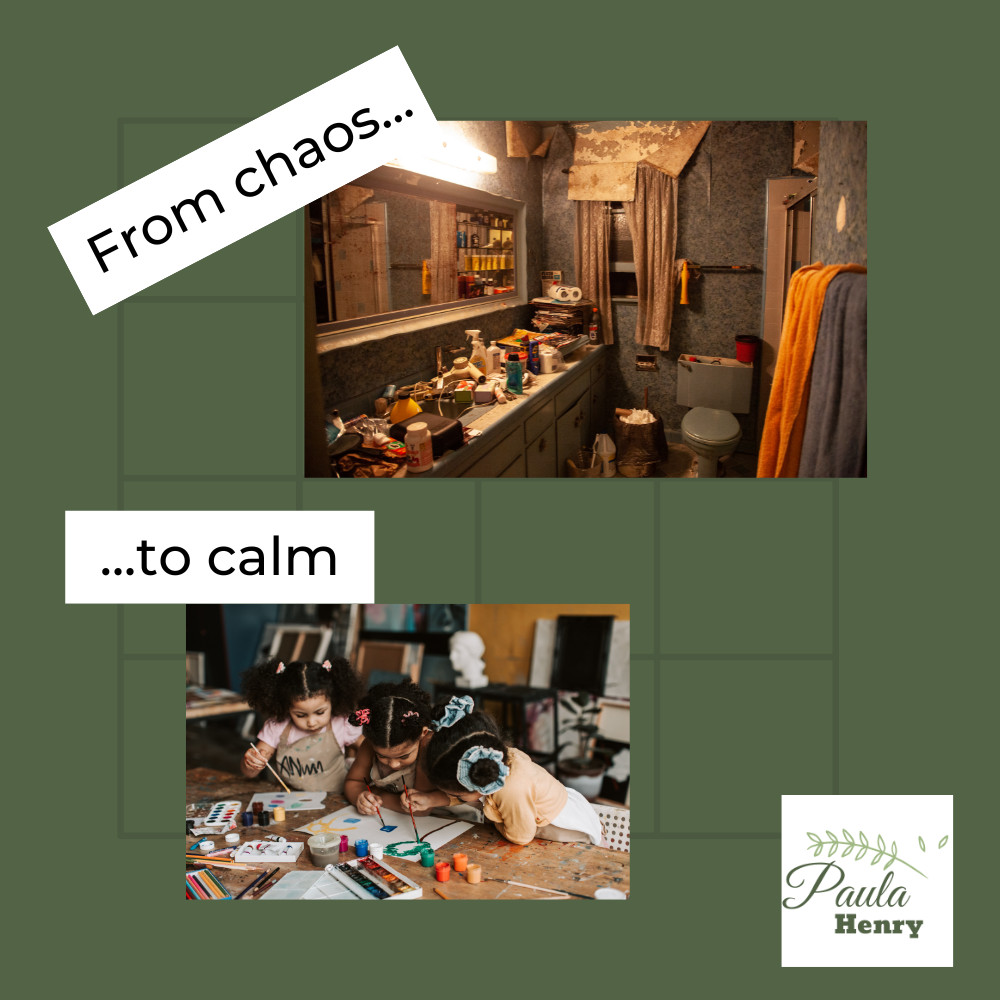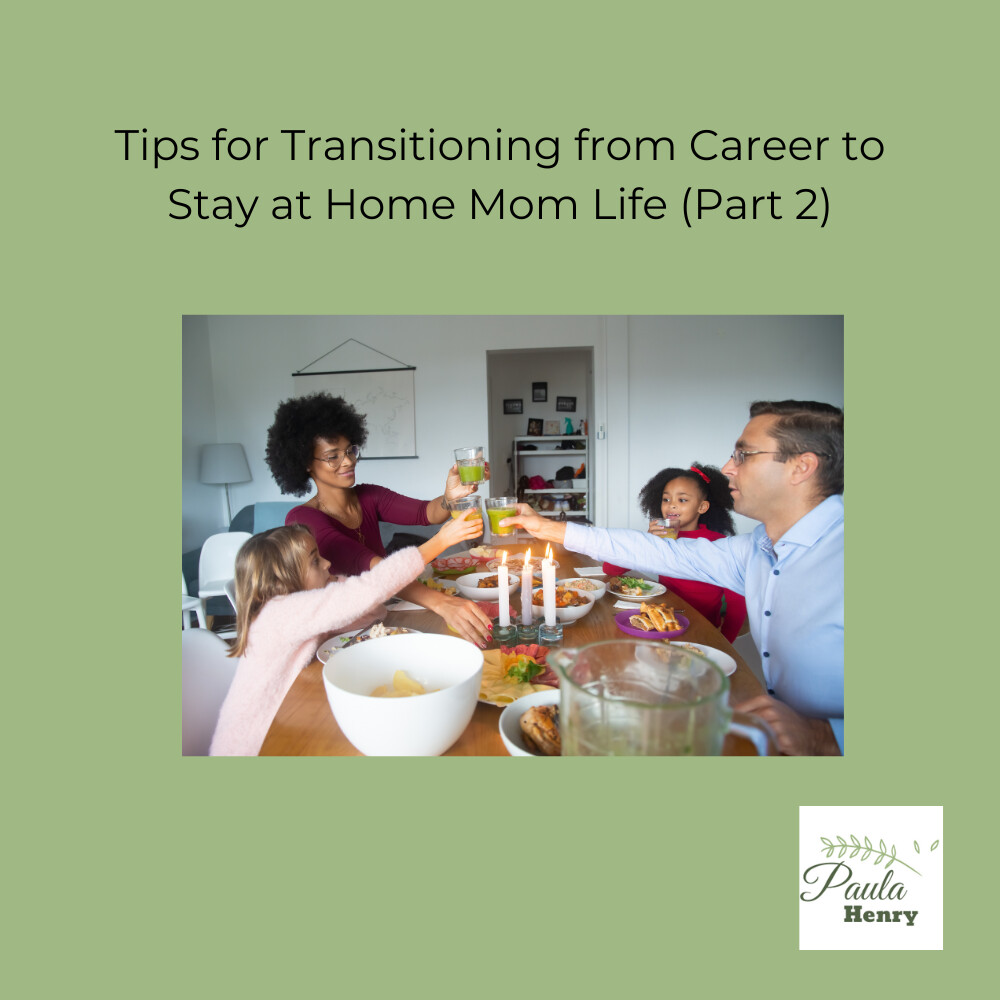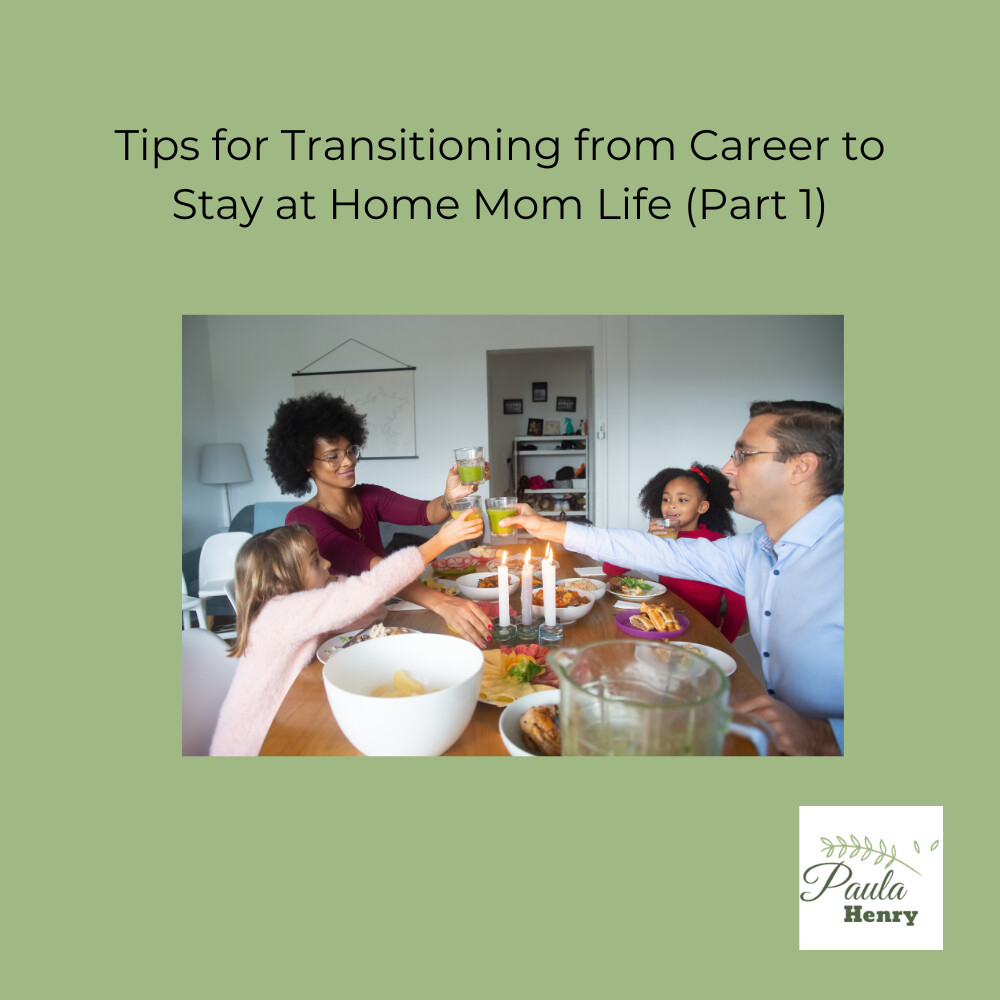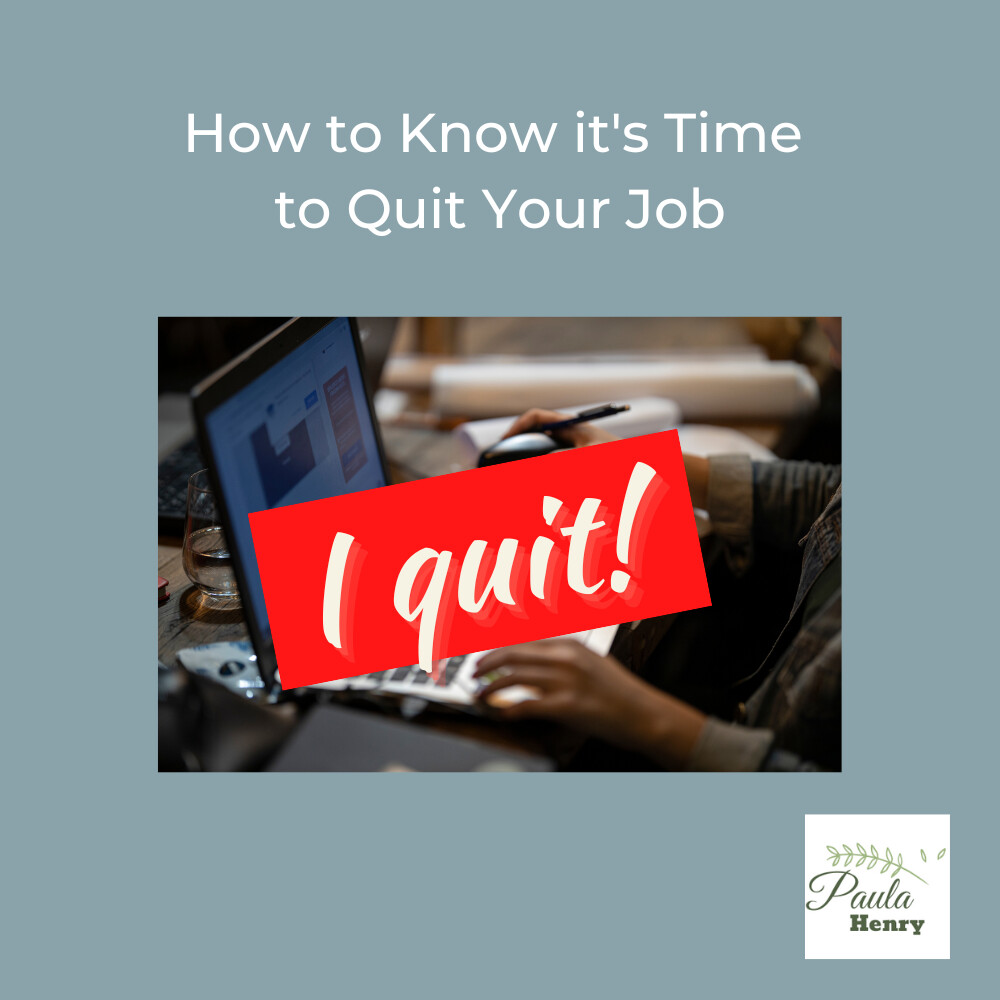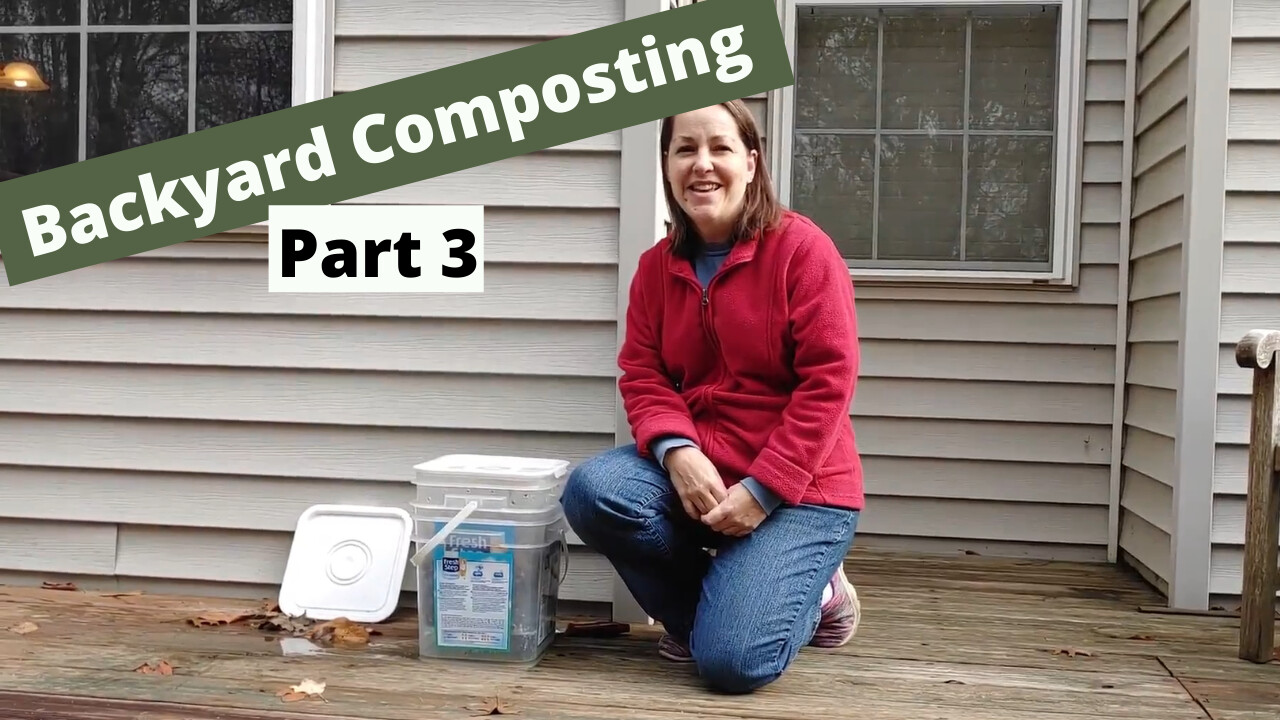
In my previous two posts, I showed how I prepared my two-bucket system from empty cat litter bins I obtained from one of my friends, how I created the initial layers of material, and how I watched it for the first couple of weeks.
After 8 weeks’ time, I observed that the food scraps were nearly completely decomposed and the material appears about ready to be used. Click here to watch the video.
Here are some things I learned along the way:
1. Composting does not have to be difficult.
All of my studying and worrying was worthwhile but ultimately wasted energy. Really, just throw down some food scraps, leaves and paper, and let the earth do its thing. It needs air and it needs moisture, but beyond that, let it be.
2. Your compost bin is very forgiving.
A couple of times when I checked on it, it was too dry, so I added what I thought was an appropriate amount of water. I ended up adding too much…oops. To compensate, I added more brown material and everything got back into balance in about a week. Based on my experience, I think it would be rather difficult to totally screw up your compost bin. Worst case scenario? Dump it out and start over.
3. I can really overthink things.
I think this point leads back to the first 2 points. This really is quite easy. I’m an analyst and a skeptic. I like to read up as much as possible on anything I am trying to do for the first time. This is both good and bad. It means that I don’t typically jump into something without having a clue, but it also means I avoid trying some things if I haven’t spent enough time researching them. Fear of failure anyone? This is a prime example of overthinking things. In the end, I have been successful, and I am confident in moving forward with other composting projects.
My next adventure is going to be building a compost pile in my back yard with the intent to use it to fill and refresh my garden space(s). I’m putting in a couple of raised beds over the winter in preparation for spring planting.
If you'd like to read the previous posts, here are the links.
Adventures in Bucket Compsting - Part 1
Adventures in Bucket Composting - Part 2
Interested in learning more about earth-friendly options? Join my free group here.
Get my free guide: 4 Ways Being Earth-Friendly Can Change Your Life for the Better HERE.
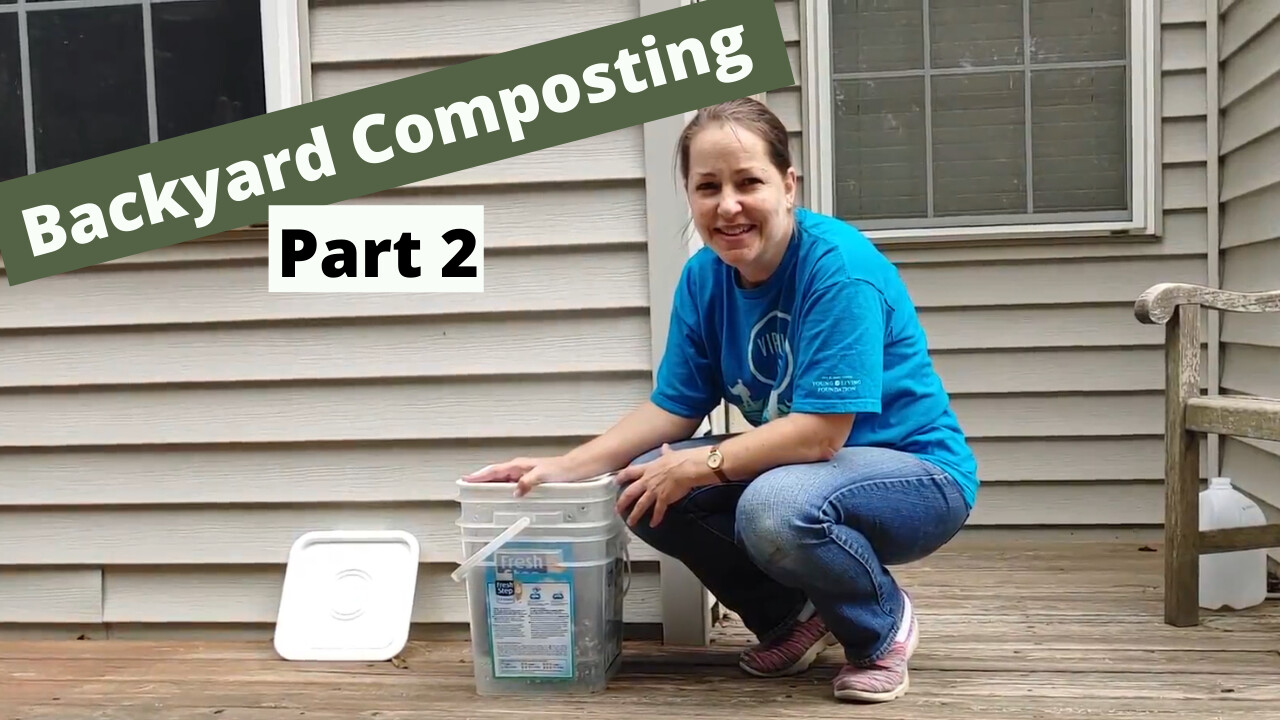
In my previous post, I showed how I prepared my two-bucket system from empty cat litter bins I obtained from one of my friends. Once the initial layers of material were in place, there was not much that I needed to do except keep an eye on it.
Across the next 4 weeks, I checked on my compost routinely – at least twice per week to give it air and mix it up a bit. I used a regular garden trowel to access the material at the bottom of the bucket to bring it to the surface. I tried to make sure to keep the food scraps in the middle of the pile as much as possible, as I had read that’s where they should be.
I also fretted about whether it was too dry or too wet and whether the ratio between browns and greens was right. I added water when it got too dry and added dry materials when it seemed to wet. Not much changed on a day to day basis, but across the weeks, I could see that the food scraps, eggshells and other greens were breaking down slowly.
There were some sprouts that popped up along the way, and I just plucked them out as I saw them. Not being sure what they were coming from, I didn’t consider eating them. I’m happy to indulge in sprouts that are from beans, but the unknown? I’m not that adventurous.
I checked for heat to be generated from my little bucket. Composting in this way should be generating heat, so adding more food scraps and greens when the temperature of the pile seemed to drop helped with this.
Lastly, I added some dried leaves on top of the bin as someone suggested this would help the compost break down better as well as keep down the bugs. I certainly saw a good number of tiny flies in the bin. I will show you what happened in the next post. Stay tuned.
Here's a link to the second video that I did in this series:
Interested in learning more about earth-friendly options? Join my free group here.
Get my free guide: 4 Ways Being Earth-Friendly Can Change Your Life for the Better HERE.

I have collected food scraps and contributed to my county’s curbside food scrap collection program for a number of years, and I’ve also gardened on and off. When I was setting up my garden this year, I wanted to add in some compost to supplement the soil and looked to purchase some from our county’s composting program. Of course, it’s the year of covid, so the facility which normally sells bulk mulch and compost to the public was closed to customers.
Thinking that things would resolve soon, I waited and waited. Finally, it was nearing the end of the growing season, and I was starting to plan for next year with no compost. So, at the end of the summer, I decided to experiment with making my own compost bin.
I watched a ton of videos to get a feel for what I needed to do and once I felt confident in trying it out, I set out to try my hand at creating some of that amazing nutrient rich garden material myself. I decided to try the bucket system as it seemed like the easiest and cheapest method for a newbie.
A lot of the videos I watched suggested going out and buying 2 plastic bins that would fit inside each other, but I didn’t like the thought of purchasing more plastic and wanted to find a different option. I recalled that cat litter often comes in plastic bins, so I put a call out to some friends to see if they had any empty buckets. I have one friend in particular who has multiple cats, and she was able to give me two empty bins with lids, so I was off to a good start.
One thing to know about me is that I am frugal. I don’t like spending money on things I’m not sure will work because if they don’t work, I view it as wasted money. Once I know something will work, I’m happy to spend the money, but initially? I want to invest as little as possible.
Free empty bins…check. Next up, prepping the bins based on what I saw in online videos. The key to bucket composting, I learned from the videos, is to have holes in the bucket for drainage and air. I’m pretty handy with a drill, so I made quick work of this part.
Once the bucket was prepped, I had to figure out the right ratio of “browns” to “greens” to put in my bin. There are lots of opinions out there about the ratio between browns and greens, and I admit I spent quite a bit of time studying this. You see, the greens are the fresh plant material and food scraps that you want to decompose. The greens are high in nitrogen. The browns are materials that are high in carbon like dried leaves, pine needles, twigs and dried paper. Once I was convinced of the correct ratio, I set out to build my bins and deposit my first materials. In parts 2 and 3, you’ll learn that this ratio is not all that critical.
Here’s the first video in my 3 part series that shows you my preparation steps, including drilling holes and what I put in the bin initially.
Interested in learning more about earth-friendly options? Join my free group here.
Get my free guide: 4 Ways Being Earth-Friendly Can Change Your Life for the Better HERE.
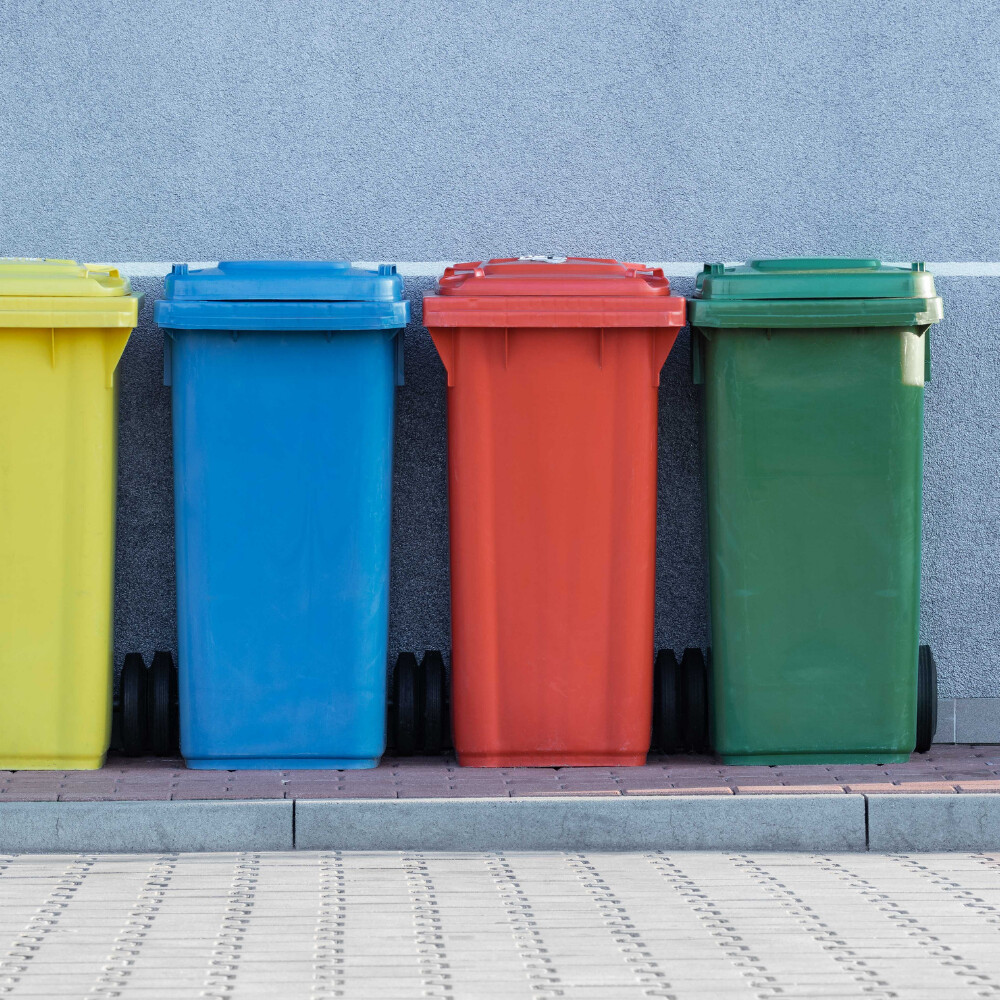
In our area, we are fortunate to have a curbside composting program. Here’s what that looks like: the county provides us with a free green bin into which we place our yard trim and food scraps. We set it out by our curb weekly and the county comes by once a week, year-round to empty it. The food scraps and yard trim are taken to an industrial composting facility. Once the composting process has been completed, the county sells the compost back to residents.
Let’s walk through some of the benefits to a curbside compost program:
1. Your garbage won’t smell as often.
The main component of garbage that smells is food scraps. If you are putting food scraps in your trash, your trash will smell. If you’re putting them in the curbside compost bin, your trash won’t smell. It really is as easy as that.
2. You won’t have as much trash.
Often, people change out their trash bag when the trash starts to smell, regardless of whether the bag is full. Given that it won’t be smelling as much, you won’t be changing out the bag as much. This will save you money on trash bags – another win.
3. Your food scraps will be made into dirt rather than filling up the landfill.
Using your food scraps to make soil is a far better endeavor than filling up the landfill. According to the USDA, nearly 30% of all trash is food scraps and yard waste. Uncontrolled, food scraps in landfills contribute to high amounts of methane gas which is detrimental to the environment.
Here are some tips for making curbside composting work for you and your family.
All food scraps and yard trim must be collected in compostable bags, so no plastic bags for this. You can use paper bags or specially made compostable bags. You can get paper bags from the grocery store, fast food restaurants, and other sources. The compostable bags are made from plant material (usually potatoes or cornstarch) and are available online from numerous sources. You can get my favorites here.
For large amounts of food scraps like from fresh corn, fresh pineapple or melons, you can use a large paper bag or you can spread out sheets of newspaper. Once you’re done, you can close up the bag or wrap the newspaper up like a package and place it in your curbside compost bin.
For smaller amounts of food scraps, consider getting a small container to sit on your counter or under your kitchen sink. The container doesn’t have to cost you anything. I have several plastic pails that were obtained from ice cream or popcorn. As long as the bucket has a lid, it will work. Here’s where I use those compostable bags. I put one in the bottom of the bucket and then add a layer of shredded paper from our home shredder. The shredded paper helps absorb some of the moisture in the food scraps so the bags won’t leak as easily. Once your bag is full, tie a knot in the top and deposit in your curbside compost bin.
For yard trim, you can use a paper grocery bag for small amounts (weeding and deadheading) or you can purchase larger bags for use in the fall for leaf collection.
Around here, the mantra is “feed the bin”, and I encourage you to do so. Keeping food scraps out of the landfill saves space and reduces emissions. Plus, it allows the food scraps to go back to the dirt from which they came, and that’s completing the full life cycle of plants.
Interested in learning more about earth-friendly options? Join my free group here.
Get my free guide: 4 Ways Being Earth-Friendly Can Change Your Life for the Better HERE.
*As an Affiliate for Net Zero, I earn from qualifying purchases.

Why do we need to have a bag for a single or a small number of items? One of the easiest things you can do to reduce single-use plastic waste is to refuse a bag. Simply say, “no bag, please” or “I don’t need a bag.”
Read more...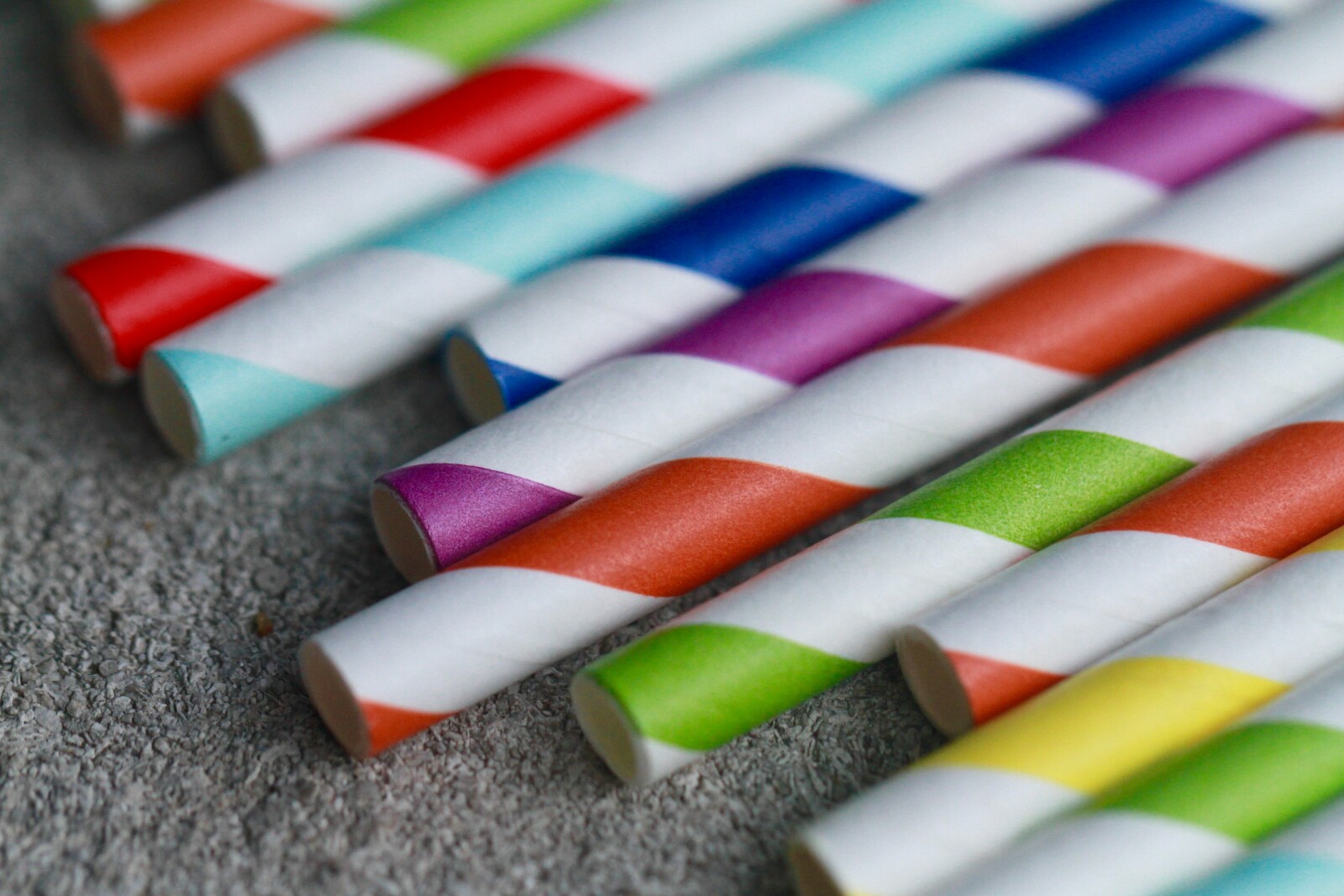
I used to think, “It’s just one straw.” Then I started learning about the number of straws used daily (500 million straws per day in the US alone). Each person in the US is estimated to use 38,000 straws over their lifetime. Given that straws NEVER decompose, that’s a lot of trash that ends up everywhere – even in our oceans.
I’m happy to report that there are lots of options available for reusable straws. Today, I’m going to focus on stainless steel straws. The first option I tried was from Final Straw, and I purchased 4 reusable straws at $25 each through their kickstarter campaign. It’s a folding straw made of silicone and stainless steel. The straw, once folded, fits into a container that you could carry with you in your purse or on your keychain. I used mine on and off for about 6 months. I liked it, but it was a bit cumbersome, and the cost made it difficult to have several in convenient locations. Plus, the diameter of the straw was narrow, so it was difficult to use with milkshakes or smoothies, and that’s something my kids drink often, especially when we go out.
I found larger diameter straws that worked better for me and my family for milkshakes. They don’t fold up to a small compact size, but they are perfect for milkshakes. We have 4 of them that live in my car – gotta be prepared for the milkshake run! The ones we use can be found here.
We also have a set of regular diameter stainless steel straws that we use (again, not the kind that fold up), mostly at the house. They’re great for putting in insulated cups that have a hole for straws. The ones we use can be found here. A set of 12 is enough to share with friends and family and keep in different location so they are always within reach. The cost is considerably less than Final Straw at under $1 each. It’s a small effort, but multiplied by many, it can make a really big difference.
I’m intrigued by the straws made from bamboo, and I plan to try them very soon. I’ll be sure to review them once I do.
Interested in learning more about earth-friendly options? Join my free group here.
Get my free guide: 4 Ways Being Earth-Friendly Can Change Your Life for the Better HERE.
*As an Amazon Associate I earn from qualifying purchases.


